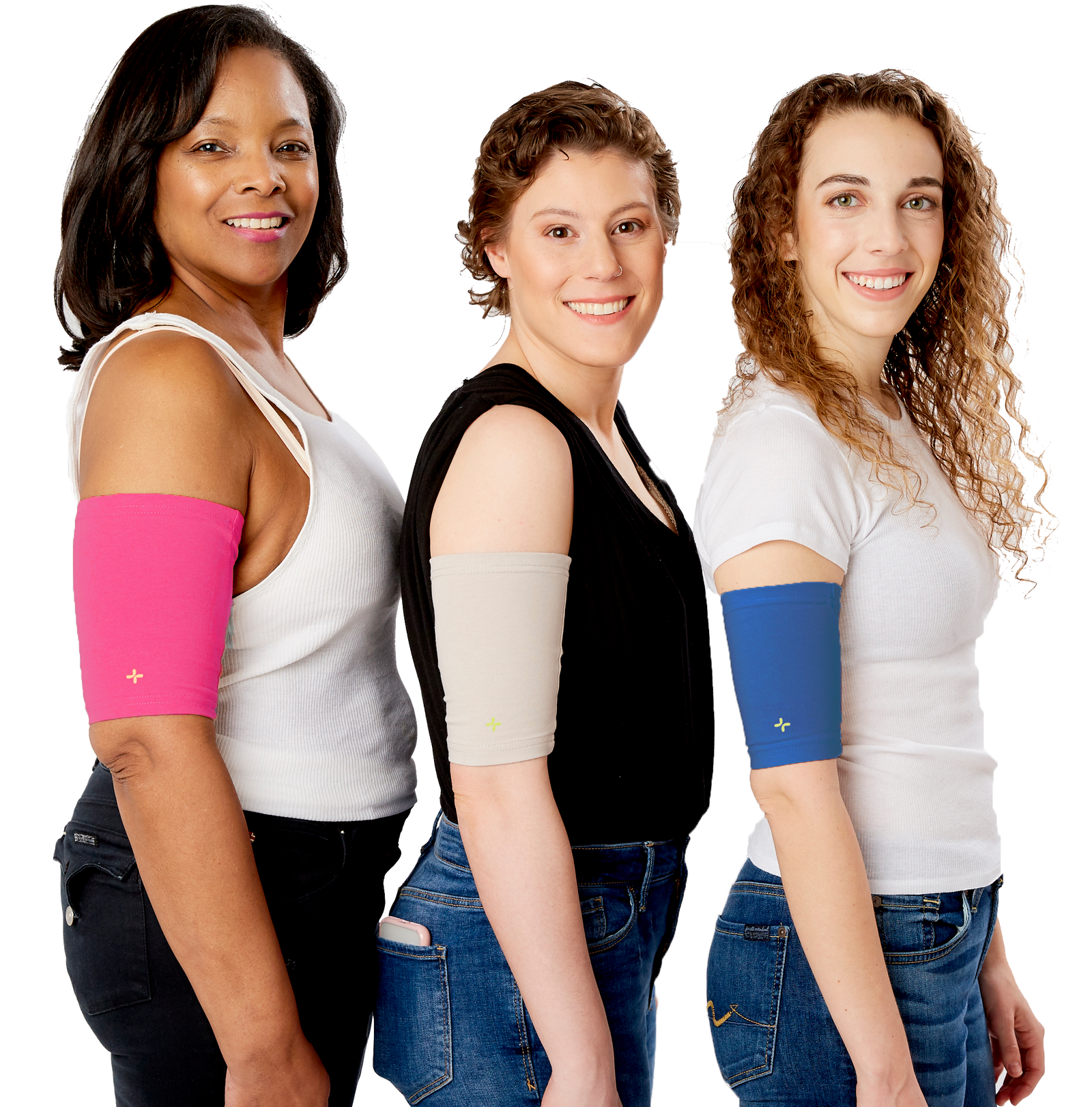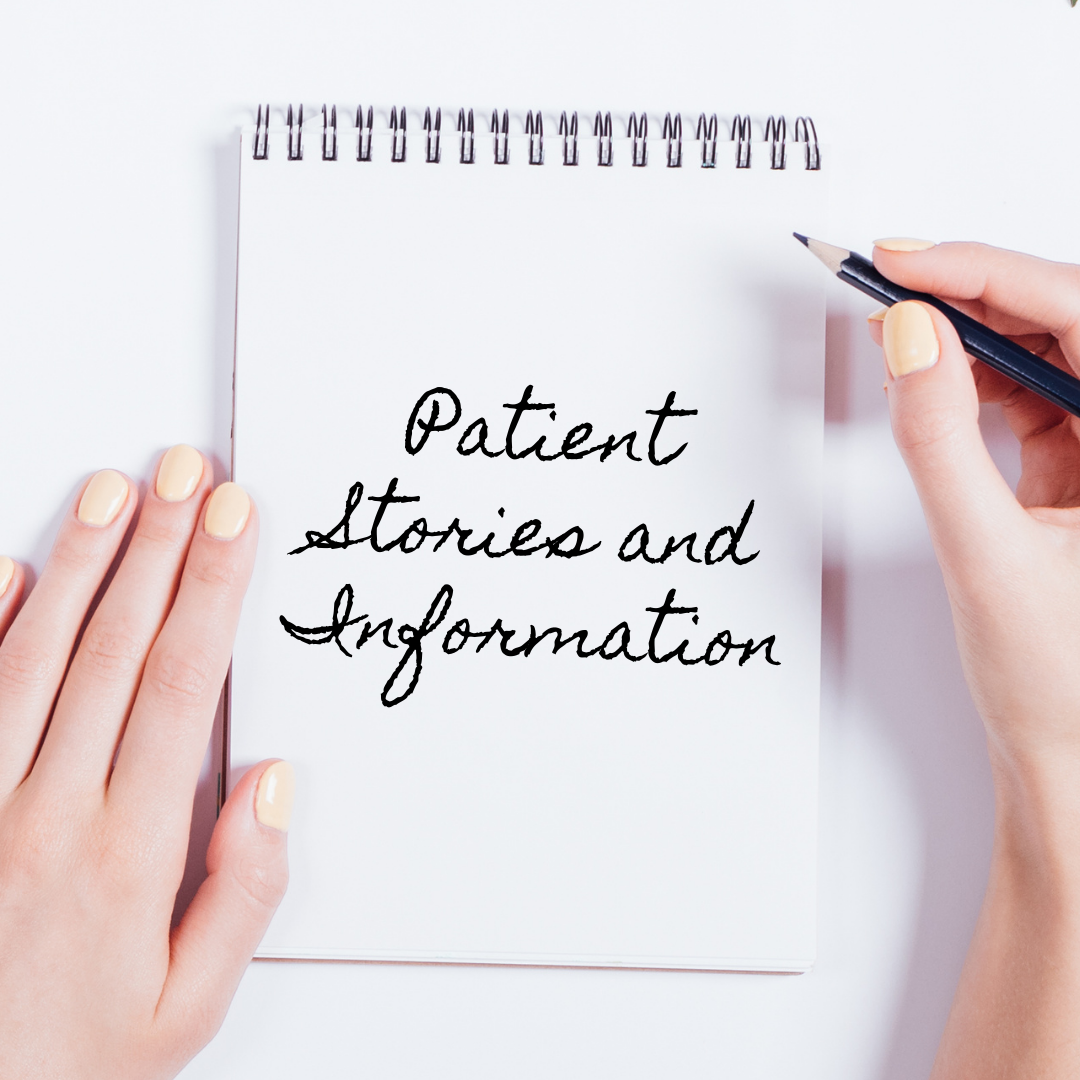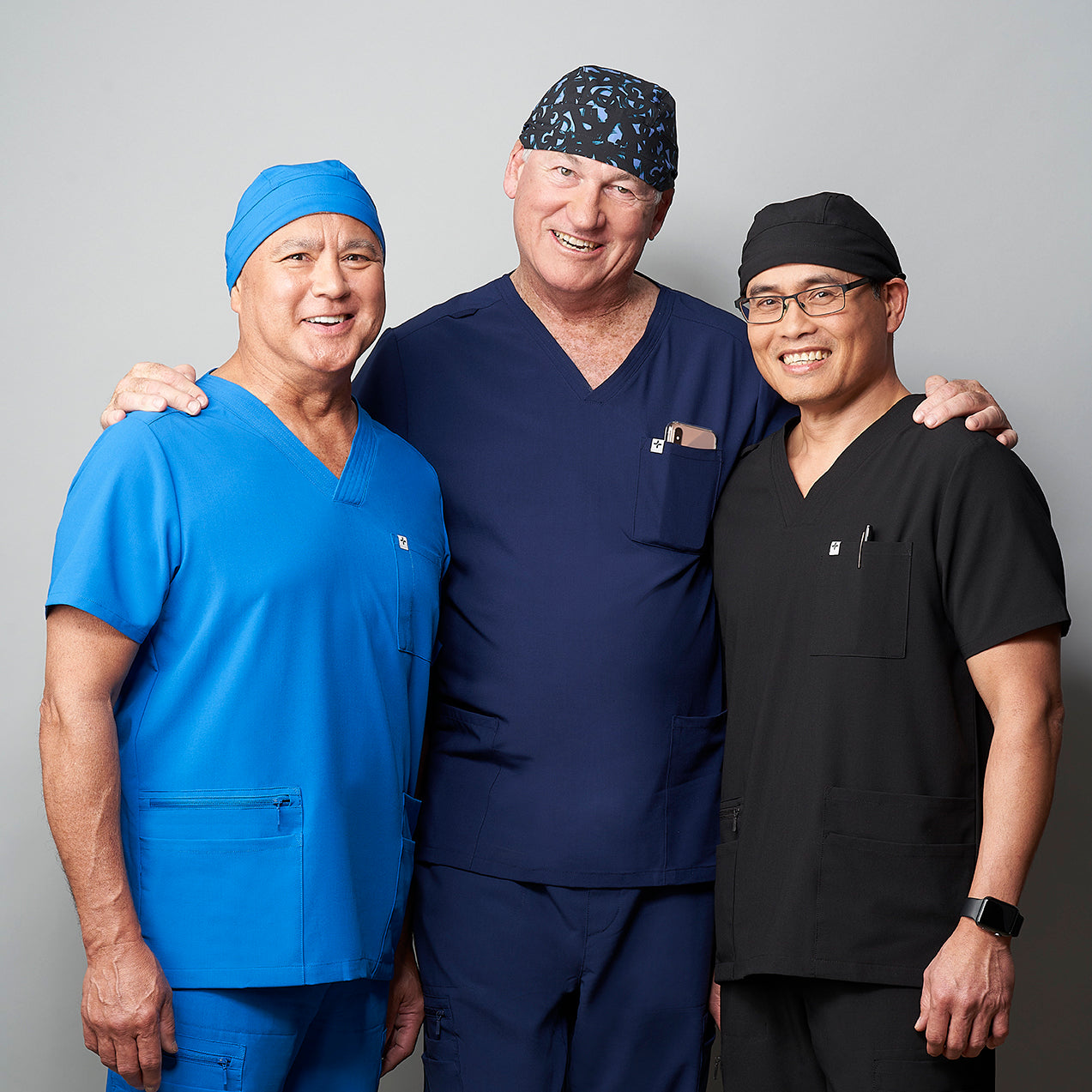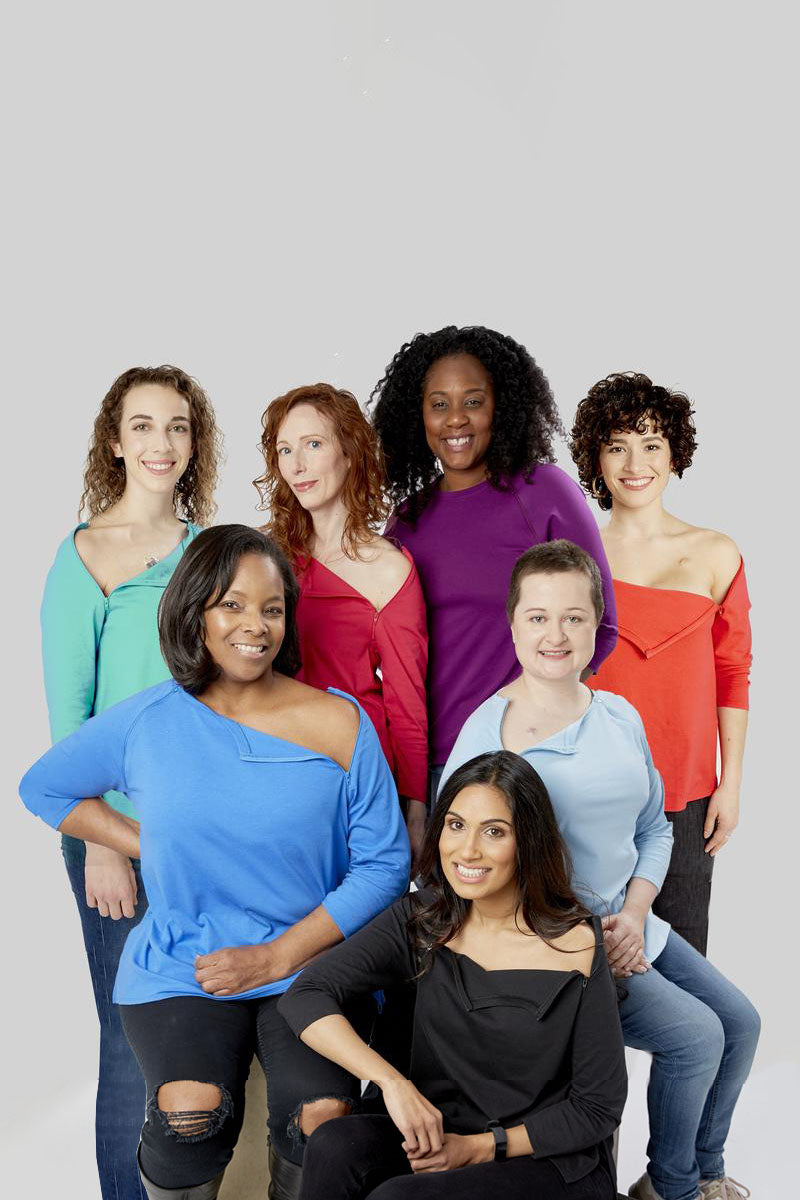In honor of Brain Cancer Awareness Month, Robert Rabinovitz, Associate Professor of Design at the Parsons School of Design, shares his experience enduring a brain abscess and craniotomy, pushing towards recovery and finding himself again.
January 19th of 2007 I was sitting in the product design computer lab at Parsons. It was winter break and with very few students around I was taking advantage of the time to print an extra set of production drawings for a company in Canada that was interested in producing my furniture collection. This was one of the most exciting days of my life to date. I had spent my entire career working towards developing my own collection and was finally on the brink of being able to do this. There were 15 beautiful pieces and I was excited to take the designs home so I could share them with my collaborators to develop the prototypes. All of a sudden I started seeing beautiful horizontal colored lines slowly vibrating. They looked as if they came from a painting or a Paul Smith shirt. I had been sick a couple of weeks earlier with a strange flu and thought I might be having a temporary series of hallucinations. I looked away, out the window at the cold and grey of New York City and then looked back – the lines were still there, vibrating and beautiful. I did this three times to see if the hallucinations remained - they did. Unsure of my next steps, I carefully gathered my printed designs and put them in my portfolio.
I walked out of the building and began my usual route home when I started feeling unwell. I got on the M5 bus and was struck by how quiet and surreal everything was. I got off at LaGuardia and Houston and walked down Houston to Thompson Street. I reached my door, turned the key and carefully placed down my painstakingly printed designs on my kitchen table – this was the only thing I remembered being important. I picked up my cell phone and called the first number I saw. Someone answered. I began to speak very slowly and said, “I don’t know who I'm calling, but if you wait long enough, maybe I will figure it out.”
The voice on the phone, luckily my doctor's receptionist, talked me through getting to the doctor’s office and somehow, up Thompson, across Bleecker and through Washington Square Park West, I made it. A doctor was waiting for me when I got inside the front door and asked me some standard questions: “What’s your name?” I knew that question, but couldn’t answer. “Who is the president?” I knew that one too, but I couldn’t remember that one either. The doctor pulled out a twenty dollar bill, handed it to Dekka, the receptionist, and said, “Take him to the hospital right now.”
Dekka grabbed my hand and pulled me into the cab. In the cab, I looked over at her and noticed that she looked scared. We went up 6th Avenue and I was mesmerized by the trailing colored yellow lines of the taxis. She held my hand as I struggled to remember anything or even speak. This was probably my first experience of aphasia. Finally realizing that something bad was happening, I began to cry. Dekka squeezed my hand tighter; at that moment, I was so grateful and felt a sense of love that I had never felt before. I was 46, but I had had a really good life; I had wonderful friends, loved my career, had created great work. I was ready to let go if needed. We entered the door of the emergency room. I sat down, breathed out heavily and collapsed.
I woke up two weeks later from an induced coma. Sitting in the emergency room, I had had a gran mal seizure caused by a brain abscess. When I woke up, I found my old girlfriend as well as the Head of Neurosurgery by my side. Not knowing anything, I looked at them both and started crying. I had completely lost my identity in time and space. I didn’t know who I was or anything about the world surrounding me. However, despite how scared I was, I knew I was okay and have come to look back on this time as one of the most informative in my life.
In the hospital, I began the long process of working with physical therapists and a speech therapist. I had to learn how to move, talk and write all over again as well as identify images and patterns. It was difficult in the early stages, but as things came back to me, I entered a euphoric state about being alive. Relearning everything was a fascinating process and temporarily gave me a childlike approach to absorbing the world. I was in love with being alive.
As I recovered, I found that my body was extremely sensitive. A basic blood drawing, which was frequently required during my hospitalization and treatment, was very painful and my veins had become hard to find. Given how torturous inserting IV lines became for me, my doctors eventually inserted a PICC line to make receiving treatment more comfortable. Later, after I had additional seizures, I was diagnosed with epilepsy and told that I would need increased anti-seizure medication. As a result, when I was finally released from the hospital, the PICC line remained. I had different visiting nurses come every day for 6 months to check on me, using the PICC line to both administer antibiotics and draw blood.
My PICC line served as a constant reminder of my terrifying experience of losing everything. When I first learned of Care+Wear, I wanted to order the company's PICC Line Covers to wear as a badge of honor and in remembrance of my experience. I was so happy to know that products were being made to empower patients and give you control during such a difficult period. As a patient, you’re often asked to simply accept what has happened to you without explanation. For me, a designer used to problem-solving, I’ve tried to keep pushing to learn more about my condition so that I am armed with knowledge and feel prepared. For that reason, I’m glad that companies like Care+Wear are bringing a design-thinking mindset to the health space and are helping patients to take charge of their care.
I too have tried to transform my own design thinking since this powerful experience. I returned to teach at Parsons, first part time and now full time, and work to bring the same child-like state of relearning into my teaching so that students can continue to learn how to transform themselves, see and think differently. Although it was a harrowing experience, I’m proud to be both a patient and designer. I hope that by sharing my story, others can learn not just about brain cancer, infections or injuries, but also realize that being a patient is simply a new chapter in your life. It's okay to let go and trust in the process of getting help and being patient.
 Robert Rabinovitz is an Associate Professor of Design at the Parsons School of Design in New York City. You can see the collection he designed and additional examples of his work at www.springandcrosby.com. Robert continues to inspire others by teaching, writing and designing. He received an MA in Media Studies from The New School in 2014 and has co-written a feature-length screenplay about his brain seizure and his life story. He hopes that his story can begin conversations about what causes infections. His script has gone to Round Two of the Screenwriter’s Lab at Sundance and was a finalist in a number of film festivals in California. Robert hopes to receive outside support so that his story can be brought to the big screen.
Robert Rabinovitz is an Associate Professor of Design at the Parsons School of Design in New York City. You can see the collection he designed and additional examples of his work at www.springandcrosby.com. Robert continues to inspire others by teaching, writing and designing. He received an MA in Media Studies from The New School in 2014 and has co-written a feature-length screenplay about his brain seizure and his life story. He hopes that his story can begin conversations about what causes infections. His script has gone to Round Two of the Screenwriter’s Lab at Sundance and was a finalist in a number of film festivals in California. Robert hopes to receive outside support so that his story can be brought to the big screen.










Leave a comment (all fields required)